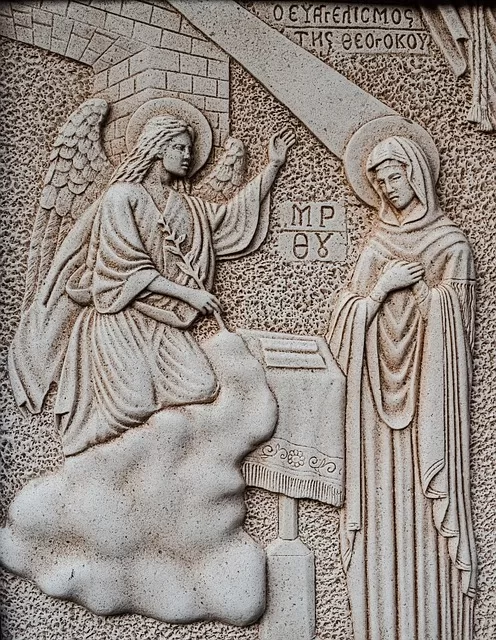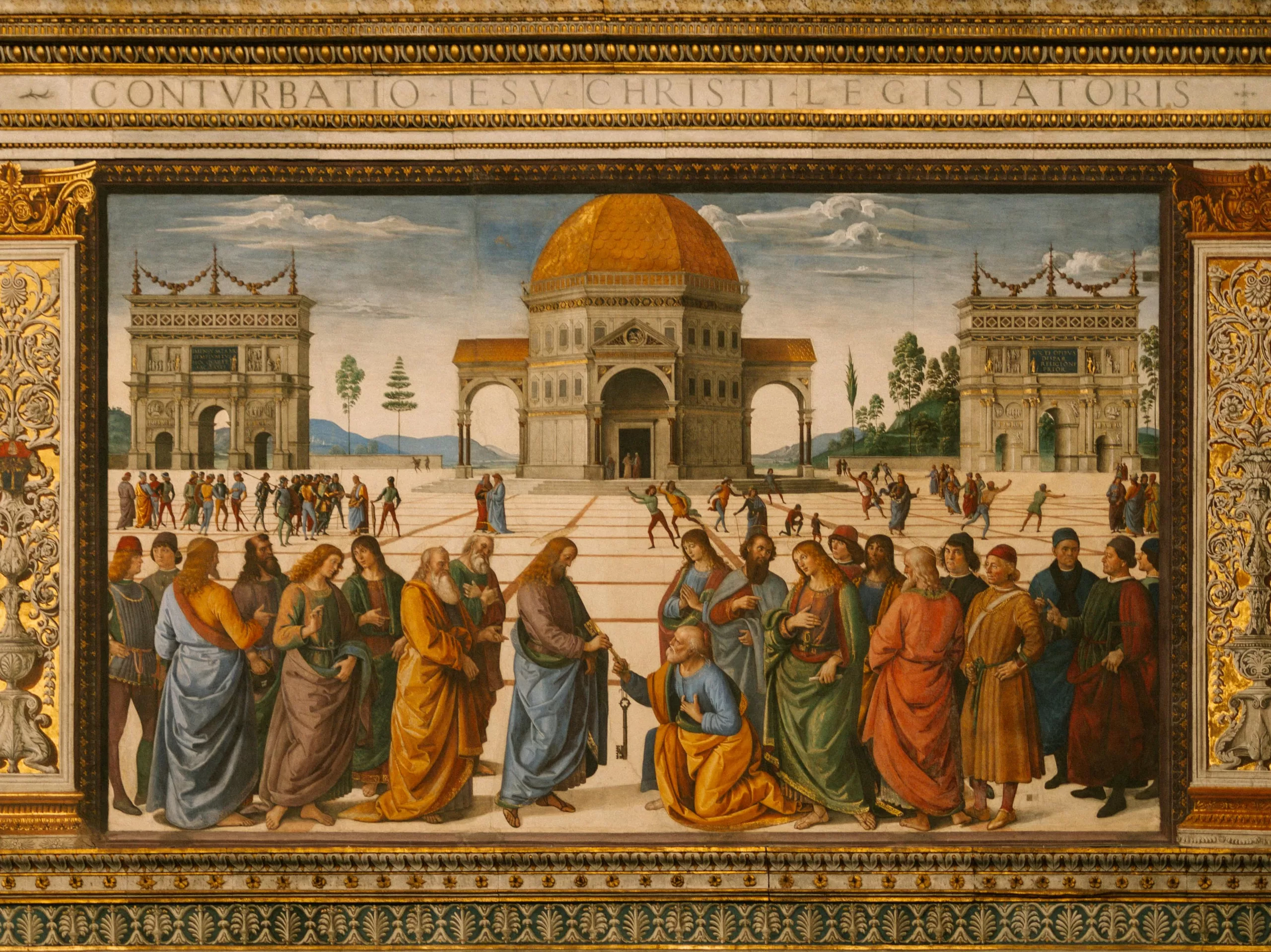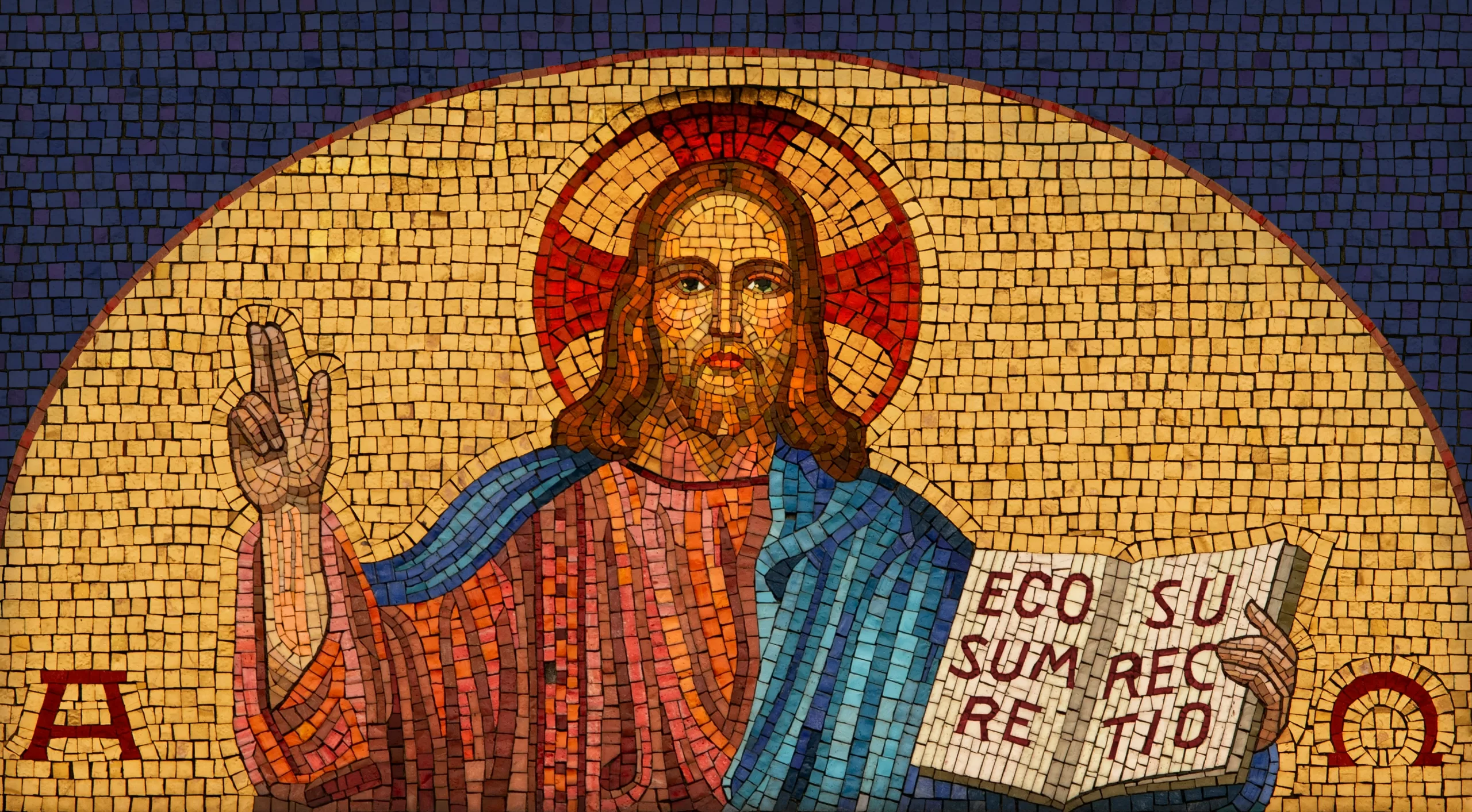In his Summa Theologica, St. Thomas Aquinas defines love as “to will the good of another”. This definition certainly challenges the modern mind, as we can associate love with all sorts of feelings, emotions, infatuations, etc.
We see in our day the rise in romantic movies, which portray “real love” as the mutual affection between two persons in the context of lust, fornication, adultery, etc. Our modern minds have been infected by this genre of love that we see in film, and we are apt to fall into this way of thinking if we are not cautious of the dangers it may bring to our worldview.
To combat this parasitic view from seeping into our brains, we need to see the world through a Biblical lens, through the lens that for most of human history, people have acknowledged as true, good, & beautiful.
As we look at reality through the Scriptures, one cannot deny that a truly romantic moment occurs in the Annunciation of Our Lord, when the Eternal God takes on human flesh. In the Annunciation, we see the bridegroom coming to save his bride, God entering into a rescue mission to bring his children back home and to begin to establish an everlasting covenant with them. One thing that we know about love is that it is proposed, it is presented as an invitation. We see this very clearly in this scene as the Archangel Gabriel appears to the Blessed Virgin Mary.
As the Angel Gabriel appears to Mary, his first words are “Hail, full of grace, the Lord is with you!” (Luke 1:28). The first word of this exclamation “Hail” or otherwise translated as “rejoice” crowns the theme of joy and gladness of this event in Luke’s annunciation narrative.
The Angel continues to speak: “Do not be afraid, Mary, for you have found favor with God. and behold, you will conceive in your womb and bear a son, and you shall call his name Jesus. He will be great, and will be called the Son of the Most High; and the Lord God will give to him the throne of his father David, and he will reign over the house of Jacob forever; and of his kingdom there will be no end”(Luke 1:30-33).
Wow.
After hearing this message, one can only imagine how Mary was internalizing these words.
After this invitation of the huge responsibility to bear God in her virginal womb, Mary replies: “Behold I am the handmaid of the Lord, let it be to me according to your word” (Luke 1:38).
At this moment, Mary makes a decision on behalf of the whole human race, to say “fiat” (yes) for us as she accepts God’s initial invitation towards us to come into the eternal wedding banquet with our savior. This “yes” from our mother starts the earthly journey of the God-Man, Jesus Christ. God becomes a zygote in the womb of the Blessed Virgin. Jesus is now “the image of the invisible God” (Col. 1:15). The Greek word for “image” that St. Paul uses here is “eikōn“, in which we get the English word “Icon”. Jesus has now become the portal by which man encounters God here on earth.
And after the encounter with the Angel, the scripture says: “And the Angel departed from her” (Luke 1:38).
Pope Benedict XVI beautifully writes about this moment: “the great hour of Mary’s encounter with God’s messenger– in which her whole life is changed– comes to an end, and she remains there alone, with the task that truly surpasses all human capacity. There are no angels standing round her. She must continue along the path that leads through many dark moments– from Joseph’s dismay at her pregnancy to the moment when Jesus is said to be out of his mind (Mk. 3:21; Jn. 10:20), right up to the night of the cross. How often in these situations must Mary have returned inwardly to the hour when God’s angel had spoken to her, pondering afresh the greeting: “Rejoice, full of grace!” and the consoling words: “Do not be afraid” (Ratzinger, Jesus of Nazareth: The Infancy Narratives, p. 37-38).
In Mary, we see the prime example of a human response to the romantic love of God. It is not a response that grasps for control or seeks to know every answer, but a response that leads to receptivity to God’s providence. This receptivity is what brings about a wonderful adventure with God in this lifetime as we are able to so humbly accept his merciful love for us.
The Annunciation is truly the beginning of a marriage, a marriage of God and man, of heaven and earth. This event of God becoming man fully and truly allows man to encounter God at any time and any place, in all of the joys, works, and sufferings of our lives. This truth of the Incarnation is especially profound in the life of a disciple, showing that our spiritual lives are not a separate entity from the rest of our being, but if we integrate our lives properly we are able experience every moment as an encounter with God. The hypostatic union of Jesus as both God and man has made it possible for this life here on earth to be integrated to the point that man in himself is able to relate to Jesus as our brother, the brother who humbled himself and suffered on our behalf to restore all things in himself.
Let us go forth today in the joy of the Annunciation, knowing that our God has met us in our lowliness to draw us into his divinity with him! May we imitate the Blessed Mother always in her posture of receptivity, and come to know her son more intimately as we pray for her guidance.
Theotokos, Ora Pro Nobis!
Ratzinger, J. (2012) Jesus of Nazareth: Infancy Narratives. Doubleday Books.



